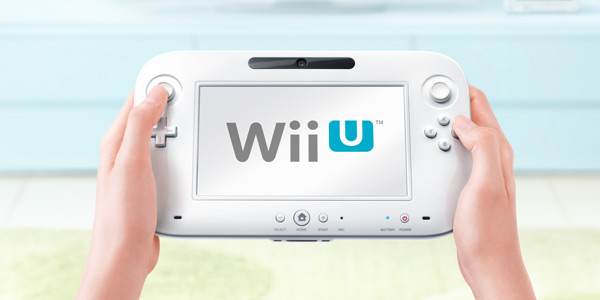Iwata talks early Wii U development, Wii U Game Price Tag and lots more
- Wii U development started in 2007
- Originally screen was going to be separate from the controller
“Considering how expensive screens were then, it did not make sense to have this big-sized LCD,” he says. “We would not have been able to come up with a reasonable price point. … We had not decided when we were going to launch the new console [at that point], but we knew we needed to be flexible.”
Nintendo debated the fact to make the Wii U a portable gaming device as well.
“During the roundtable discussions there were such arguments about should we make it capable of being a standalone system or should we make it work only with the [base console] system,” says Iwata. “We came to the conclusion that this controller is only going to show the images generated and processed by this hardware unit – and sent from the hardware unit wirelessly. That means sharper graphics. A battery couldn’t do that.”
Iwata tells us Nintendo is not finished with the Wii just yet.
“When we consider the people who are first to purchase Wii U and the people who are going to purchase the Wii, I don’t think there will be a great overlap between the two,” he says. “I believe that those who are waiting to purchase the Wii now are the so-called ‘late adopters’ and the people waiting to purchase the Wii U are early adopters. So for the time after the Wii U [arrives in stores], I believe both systems will be on the market for some time.”
Nintendo was a little worried about Wii U leaks from handing out the development kit to 3rd parties. Figured it would be worth it to get 3rd parties onboard.
“In the U.S., people are very attracted by the sports and the shooter games – and the quality of those graphics are very important,” says Iwata. “As a result, it was not necessarily the case to have the software [for the Wii] developed by the top developers of the software companies. And, as a result of that, Wii software was not able to succeed to the extent that third parties wanted [it] to. For this time around, we are able to expect the top [developers] for the top third parties to make games for the Wii U.”
Iwata claims the most Wii U games will cost $50 but some A+ titles will go more.
“I think there is already some indication that the [current pricing] trend is going to stay here,” he says. “When you consider some of the most popular franchise – such as Call of Duty or Madden – the publishers can afford to affix a rather expensive price tag on that because the franchise has a premium value. On the other hand, … without an established franchise, they cannot afford to keep that expensive price tag. I believe there will be a wider price range.”


